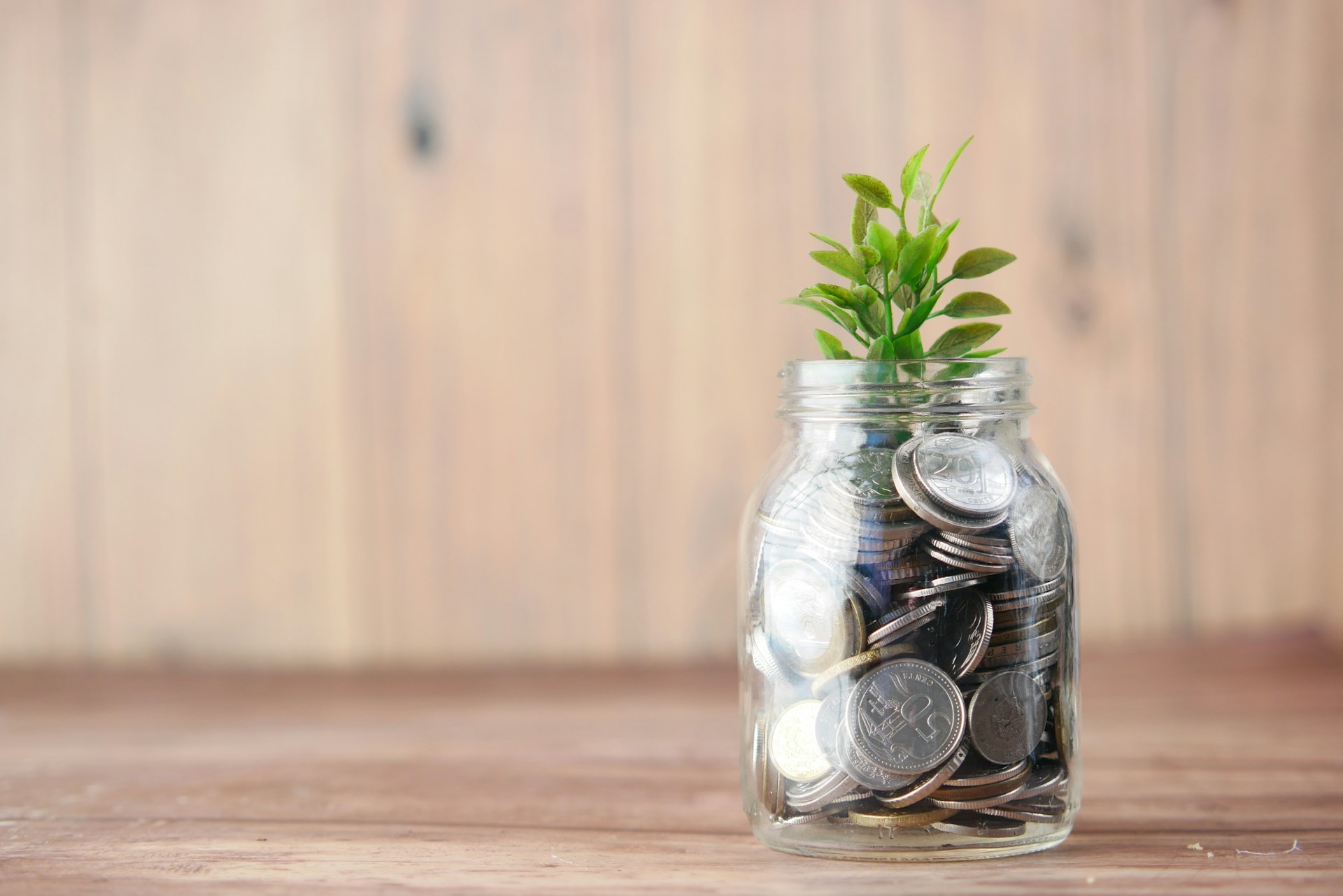Setting aside money for unforeseen circumstances can protect you from financial hardship during difficult times, whether that’s due to unexpected medical bills, car repairs, or even job loss. In this step-by-step guide, we’ll walk you through how to create an emergency fund, including how much to save, where to keep the money, and strategies for contributing regularly.
Step 1: Define Your Emergency Fund Goal
The first step to creating an emergency fund is setting a clear goal. This will help you determine how much money you need to save and what it will cover. Financial experts typically recommend saving three to six months’ worth of living expenses, but this amount can vary depending on your personal situation. For instance, if you have dependents or work in an unstable industry, you might want to aim for a larger emergency fund.
Start by calculating your monthly expenses. Include everything from rent or mortgage payments, utilities, groceries, transportation, insurance, and other necessary bills. Once you have a clear idea of your monthly expenses, multiply that number by three, six, or even nine months. This is the amount that will act as a cushion in case of emergencies.
Step 2: Decide Where to Keep the Money
Next, you’ll need to choose where to keep your emergency fund. The goal is to find a place where the money is easily accessible but also earning a reasonable return. Consider the following options:
1. High-Yield Savings Account
A high-yield savings account offers better interest rates than traditional savings accounts. These accounts allow you to earn more on your emergency fund, making it grow over time while keeping your money safe and accessible. Look for an account with no monthly fees and a competitive interest rate.
2. Money Market Account
Money market accounts typically offer higher interest rates than regular savings accounts and come with the flexibility to access your funds quickly. Some may also offer check-writing privileges, which can be convenient in case you need to make an emergency payment.
3. Certificate of Deposit (CD)
If you want to keep your emergency fund in a more secure place, you might consider a certificate of deposit (CD). With a CD, you agree to lock your money away for a fixed term (such as six months or a year) in exchange for a guaranteed interest rate. However, the downside is that accessing your funds before the term ends may incur penalties.
4. Cash
If you’re worried about your bank account being hacked or you prefer a more old-school method, you could keep a portion of your emergency fund in cash at home. However, this option doesn’t provide interest, and it carries risks such as theft or loss.
When deciding where to keep your emergency fund, it’s crucial to choose an option that allows quick access. After all, you’ll need the money in a crisis, so avoid tying it up in accounts or investments that are hard to liquidate.
Step 3: Break It Down Into Smaller Goals
Building an emergency fund can feel like an overwhelming task, especially when you’re aiming to save several months’ worth of expenses. The key to achieving this goal is breaking it down into smaller, more manageable steps.
Start by setting a short-term goal. For example, aim to save $500 or $1,000 within the next few months. Once you hit that target, set a new goal to increase the fund to cover a full month’s worth of expenses. Gradually, as your savings grow, you’ll be able to build up to the ultimate goal of having three to six months’ worth of expenses set aside.
Step 4: Find Ways to Boost Your Savings
While contributing regularly to your emergency fund is essential, finding ways to boost your savings can help you reach your goal faster. Consider these strategies:
- Sell Unwanted Items – Look around your home for items you no longer use, such as old electronics, clothing, or furniture. Selling these items through websites like eBay, Facebook Marketplace, or even a garage sale can provide a quick influx of cash to your emergency fund.
- Side Hustles – Taking on a side job or freelance work can significantly increase your income. Whether it’s offering your skills online, tutoring, or even driving for a ride-share company, any extra income can be directed toward your emergency savings.
- Rent a Room – Consider downsizing or renting a room. You can easily find SpareRoom listings in Austin, NYC, Boston, or anywhere else in the US. The money you save on rental income can be an excellent way to boost your emergency fund.
- Cash Back and Rewards – Take advantage of cashback programs, rewards points, or loyalty programs that offer benefits for everyday purchases. Any rewards you earn can be deposited directly into your emergency fund.
Step 5: Create a Budget and Set Up Automatic Transfers
The next step is to prioritize your emergency fund savings. To do this, you need a clear budget that shows how much disposable income you have each month after covering essential expenses.
Once you’ve determined how much you can contribute each month, set up automatic transfers from your checking account to your emergency fund savings account. Automating your savings ensures that you’re consistently putting money into the fund, even if you forget or face temptations to spend the money elsewhere.
Tips for Cutting Expenses to Boost Savings:
- Reduce Discretionary Spending: Limit spending on things like dining out, entertainment, or shopping for non-essential items. The more you save from discretionary spending, the quicker you’ll reach your emergency fund goal.
- Track Your Expenses: Use budgeting tools or apps to track every dollar you spend. This can help identify areas where you can cut back and redirect that money into your emergency fund.
By setting up automated transfers and sticking to a disciplined budget, you’ll be well on your way to building a robust emergency fund without having to worry about manually moving money every month.
Step 6: Use Your Emergency Fund Only for Emergencies
Once you’ve built up a healthy emergency fund, it’s essential to use it only for true emergencies. An emergency fund is meant for life’s unexpected events, like medical emergencies, urgent car repairs, or job loss. It’s not meant for routine purchases or luxuries.
When you do dip into your emergency fund, be sure to replenish it as soon as possible. This ensures that you’re always prepared for the next unexpected event.
Conclusion
Creating an emergency fund is one of the smartest financial decisions you can make. If you follow these steps, like setting a goal, choosing the right account, budgeting, automating contributions, and finding ways to boost savings, you’ll be well on your way to financial peace of mind.
An emergency fund is your financial safety net, providing you with security and stability during life’s inevitable bumps in the road. Start small, stay consistent, and soon you’ll have a cushion that can weather any storm.



Leave a Reply